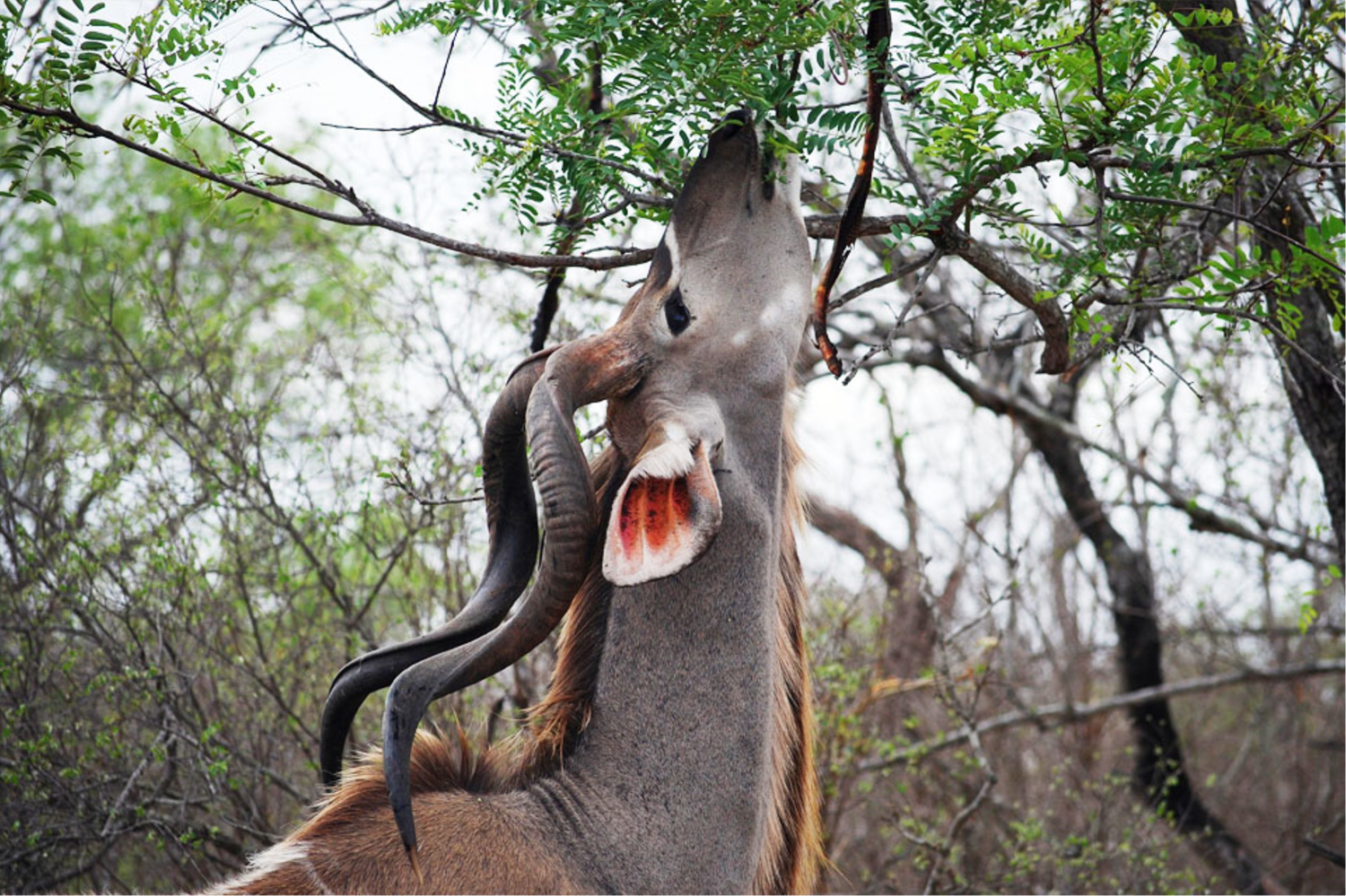Before you go any further...
I've read and accept the Terms of Use and the Privacy Policy.
I accept to receive newsletter and other communications associated with firms of The Explorers Network group'
I accept to receive commercial offers of The Explorers Network partners'.
Thanks!
Vote everyday for your favorite content
SENSITIVE CONTENT
This media contains sensitive content which some people may find disturbing or offensive.
You must be 15 years of age or older to view sensitive content.
Log inBirthday
Content being validated
THE EXPLORERS +
Watch our premium movies
The Explorers + is our premium movie catalog in Ultra High Definition (HD/4K/8K)! Hundreds of videos already available and daily new content on all your devices (web, mobile, tablets, smart TV).
Post content (photo or video) and get 1-month free
OR
Subscribe and support The Explorers Foundation's field actions for biodiversity.

Content being validated
Don't mess with acacia
1
0
In the 1980s, in South Africa's Transvaal province, several ranches were affected by abnormal mortality of greater kudu (Tragelaphus strepsiceros), antelopes bred for hunting. No blood, no bite marks. A real mystery. Scientists discovered that the stomachs of these animals were filled with undigested acacia leaves, due to their high concentration of tannins. Free-ranging kudu, on the other hand, are not affected, as they can change trees when the tannin concentration rises. Curiously, they always move into the wind. In fact, browsed acacias emit a volatile compound, ethylene, which diffuses into the air over a distance of a few meters and induces the synthesis of chemical compounds. This defense strategy enables acacias to adapt to their environment and preserve their survival.
Related content

Médias en cours d’exploration

